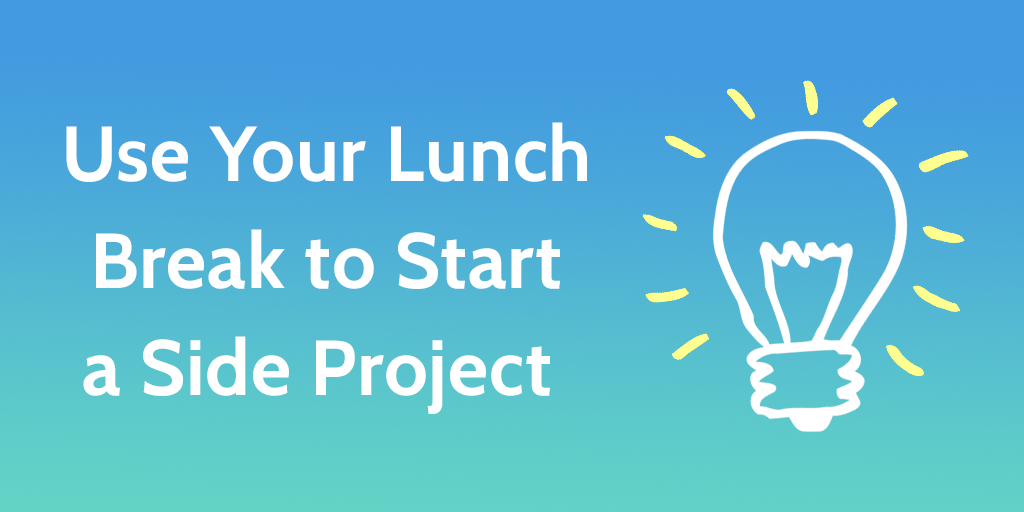
Thinking of starting a side project?
A month back, I realized I was getting to the point where I wasn’t bothering to take lunch breaks. I read as a big part of my job, and I didn’t want to get involved in anything heavier than reading articles. Frankly, I was bored during my lunch breaks and I got annoyed I wasn’t doing anything productive.
The solution?
After brainstorming several side project ideas, I started making a personal website.
This was the perfect amount of work because I had (very) basic HTML skills and needed to learn only CSS and how to deploy the code.
Inspired by brutalistwebsites.com, I realized I don’t need to make a polished, high-converting site because it’s mostly an outlet for content that doesn’t fit on the sites I write for as part of my job. As you might imagine from someone who a) has no clue and b) likes bare-bones design, this is what it looks like:
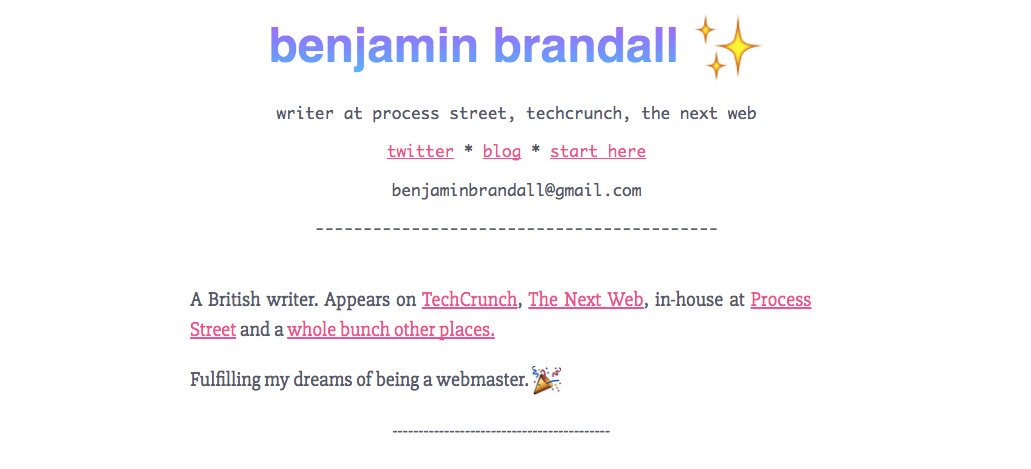
A warning: this guide is heavily focused on development and design because, well, that’s what I care about. If you’re in a similar position to me, you’ll probably agree with these side project ideas.
“when you don’t create things, you become defined by your tastes rather than ability. your tastes only narrow & exclude people. so create.” — why the lucky stiff
What kinds of side projects should you take on?
The first question when looking to take on a side project is ‘what should I do?’.
Well, a side project can be a way to put your mind off of your usual tasks, or a way to sharpen your skills up to get better at your day job.
Think it could be a distraction? Here’s a quote from Ali Mese:
“The interesting thing is how some side projects can be way less distracting than other marketing methods you use to create value for your business. In other words, launching a side project may take less time and effort than writing a blog post, while returning an outcome that is equal to dozens of blog posts in most cases.”
In this section, I’ll name a few projects that should be easy to start, even for people with no previous experience in the field.
Create a personal website
The way I made a website was to reverse engineer an ancient HTML template, editing the design to get to grips with how CSS works whilst taking the HTML & CSS course of Codecademy.
For me, it was no good deciding to just learn HTML as a side project, the outcome had to be something tangible. So, even if you’re just setting out to learn to make a website, it’s a good idea to practice by actually doing it, not just learning the theory.
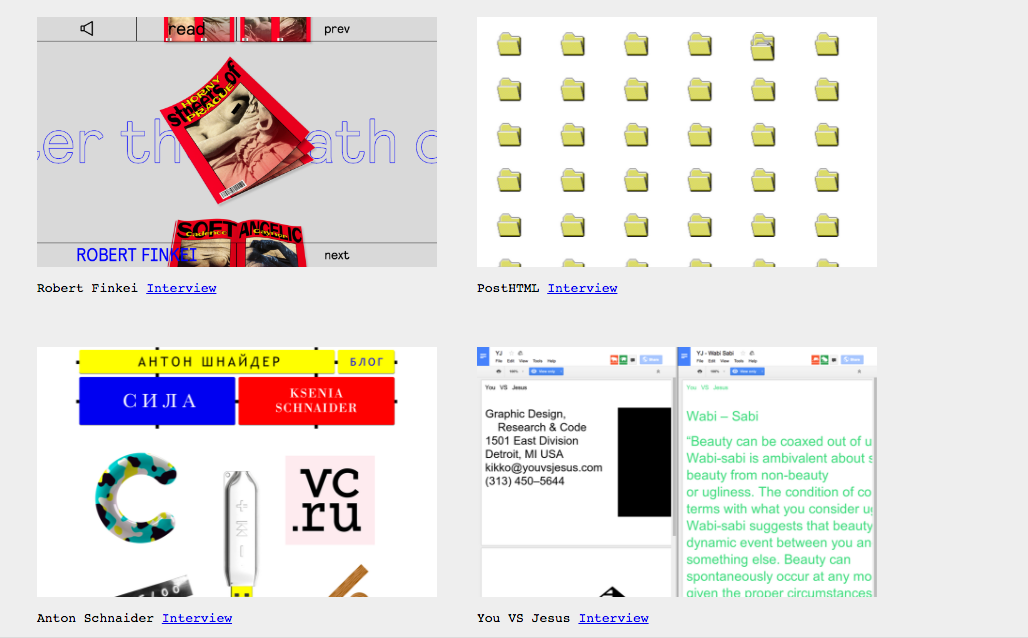
A tip I’d share to anyone wanting to play around with HTML and CSS without buying hosting is to get a Chrome extension called Web Maker. It replaces your new tab page with a live web editor so you can play around in there for fun and to tweak code easily.
Your next action
Take the HTML & CSS course from Codecademy, then start making your own pages with Brackets.
Learn to code with Ruby
Ruby is an object-oriented programming language with a lot of support from startups, solo developers and side project enthusiasts.
Unlike Java — which I found hard to learn because its documentation, support and even how-to guides were engineered towards enterprise developers — Ruby has lots of fun resources that make it interesting to learn.
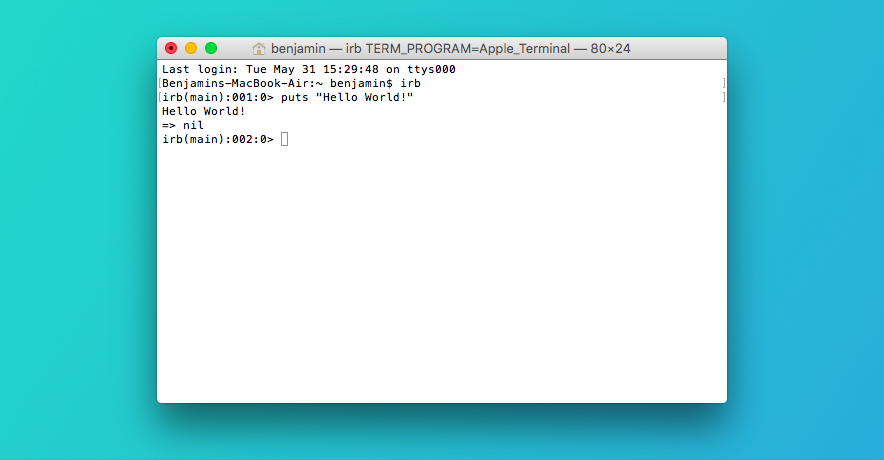
Here are a few to get you started, in the recommended order:
- TryRuby — a 15-minute introduction to Ruby
- Ruby Koans — a 5-10 hour guide to basic and advanced Ruby
- Why’s (Poignant) Guide to Ruby — not strictly a no-nonsense quick start guide… Imagine a big Ruby tutorial crossed between an exercise in art.
- Rubeque — solve Ruby problems, from easy to hard
As for projects to help you learn, check out trending Ruby projects on GitHub for inspiration. One particular project that got my attention was building a Twitter bot (which I did, albeit poorly, here).
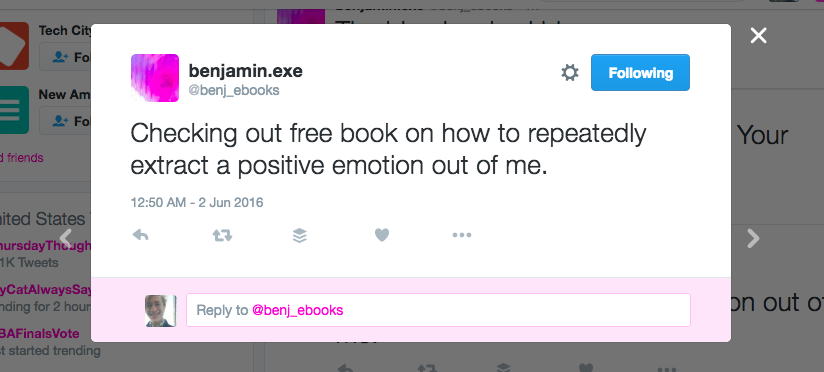
You can learn to edit and deploy Ruby by experimenting with chatterbot.
A fun element of learning to code is also to get to grips with a new text editor. Try Vim, a flexible editor which — like any good new tool — makes you productive only when you get to grips with the counter-intuitive mechanics. Never fear, you can learn the basics with a game.
Your next action
Take this 15-minute intro course and install Ruby (Ruby ships with Macs, so just type irb into Terminal).
Learn to make logos with Sketch
Adobe Illustrator is a bit bulky for my tastes, but I love the look and feel of Sketch.
Sketch is a graphic design tool for Mac for web, icon and UI design, to name a few of the most basic use-cases.
You can learn the entire app by making just one logo, and for starters I’d recommend you try and recreate a logo you like, like I did with the Polish Space Agency’s new logo:
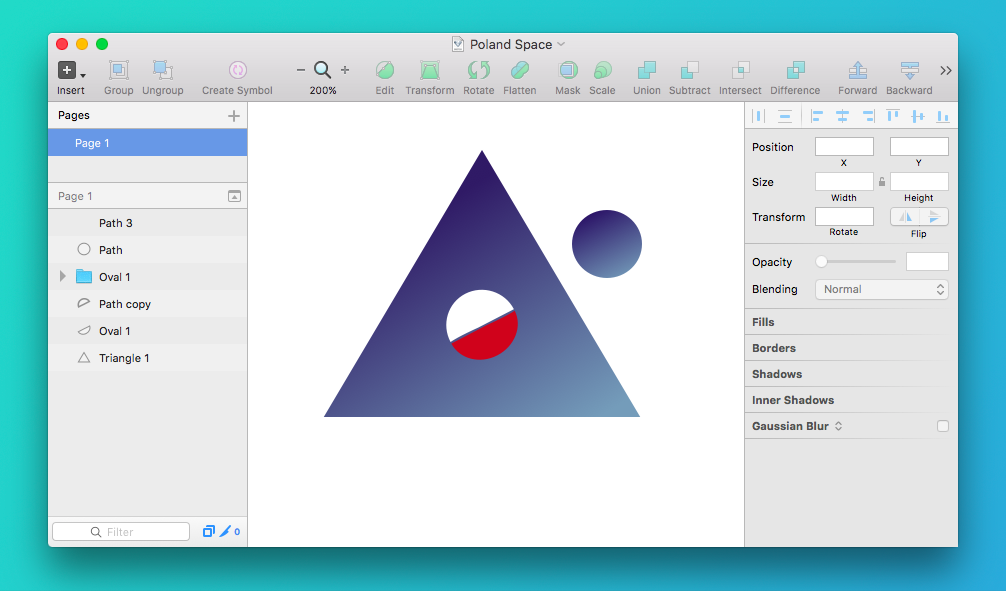
For a guide specifically focused on logo design, see Param Aggarwal’s Medium article on the topic. When you’re ready to start upping your productivity with quick workflows, check this.
Your next action
Get the Sketch free trial and recreate your favorite logo.
Start writing a newsletter
Inspired by Owen William’s Charged newsletter, I originally set out to make my own version, curating SaaS articles and adding a personal touch at the end like Owen does.
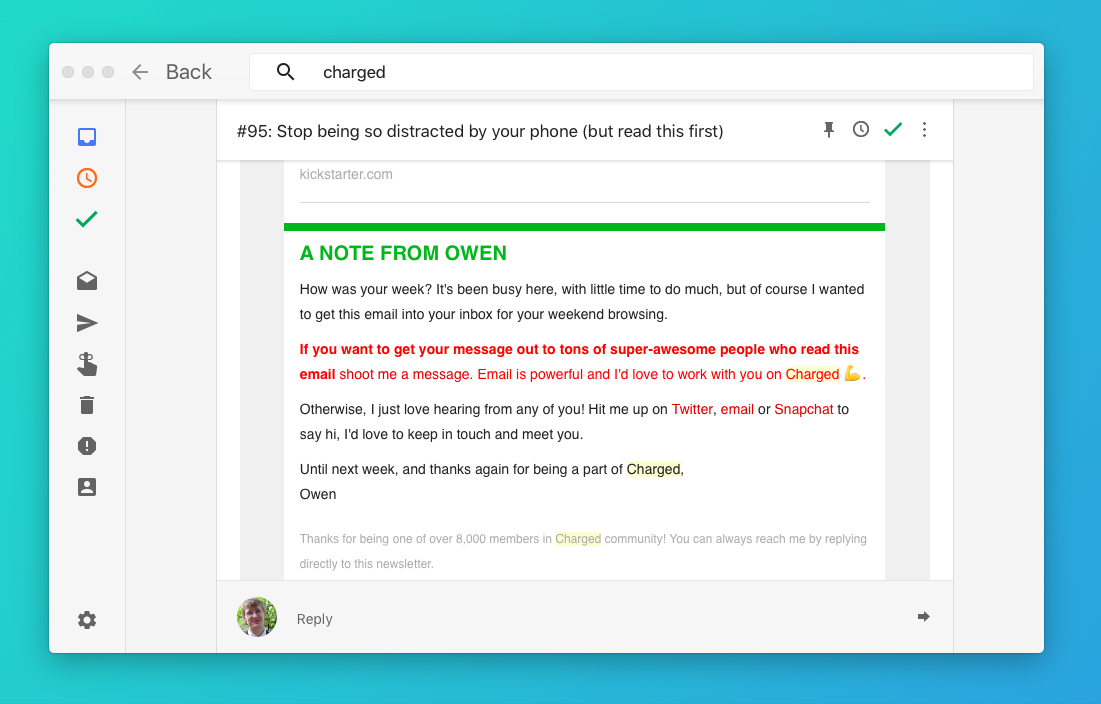
Charged is built with Curated.co, a newsletter platform that makes it easy to build and style emails out of curated content.
This said, there’s a problem with newsletters because they can’t exist on their own. The signup form is going to have to be hosted somewhere, which brought me to my own project of making a website.
Your next action
Make a 5 bullet-point summary of what your newsletter would be about, then pick an email service provider.
Start a blog on Medium
Some have proclaimed that side projects are better than blogging, but if you’re not a full-time blogger you probably have some energy left over you could be using to blog.
If you’ve got a Twitter following of any kind, Medium is an excellent platform. Since it’s a Twitter product, the followers carry over and you get instant exposure to the community.
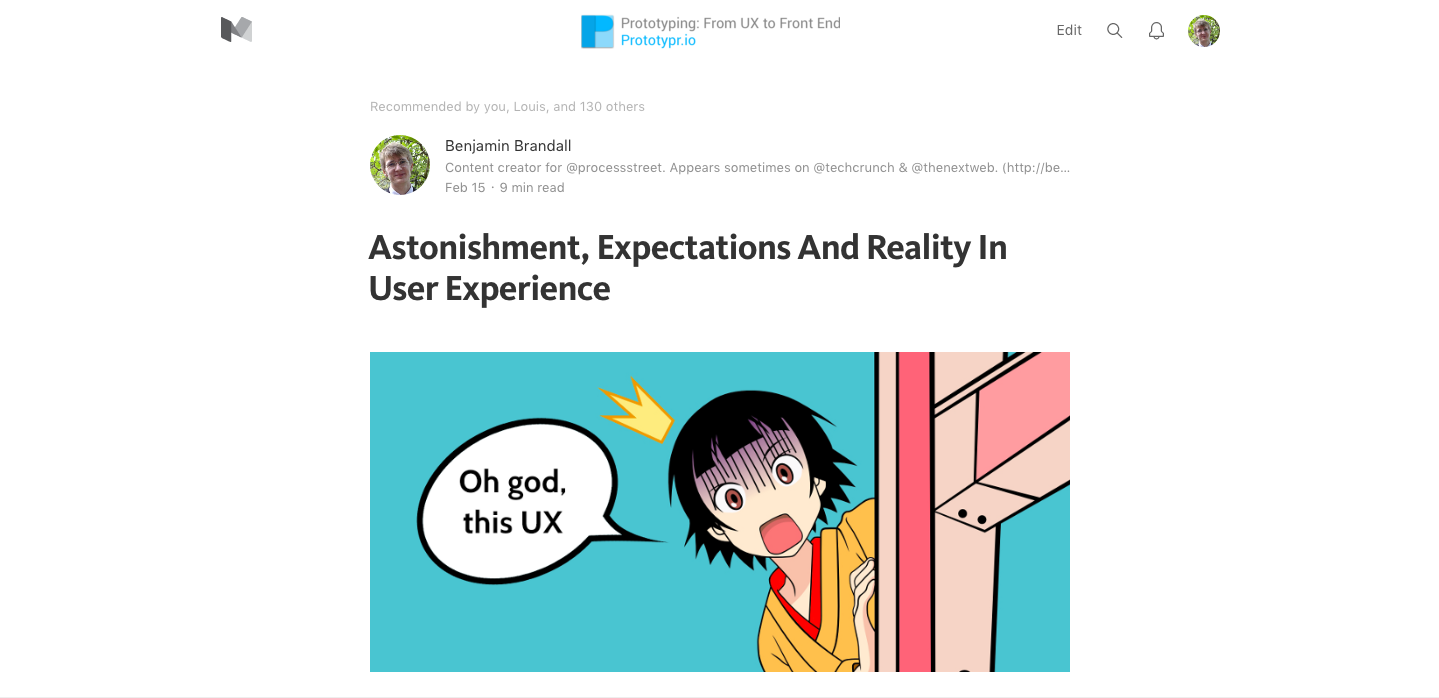
As I’ve looked at before in my piece on Medium republishing, you can get your articles picked up by Medium publications and get a ton of exposure overnight. When I first started, I got over 10,000 views in the first week and a heap of new followers.
Your next action
Sign up for Medium. Republish a successful past post then start brainstorming ideas for original content.
Write a simple Javascript web app
Want to learn more about web apps? I’m fascinated by how Process Street works but since it’s so complex I wouldn’t have any idea of where to start with understanding it.
Not only does understanding code help me get my head around some of the bugs I report during my time on support, I have a drive to learn it, so taking short Javascript courses on Code School makes me feel fulfilled.
To see how simple it is to make something interesting, check this example out from Design Pickup Lines:

Looking at the source with a little Javascript knowledge shows you how wonderfully simple it all is:
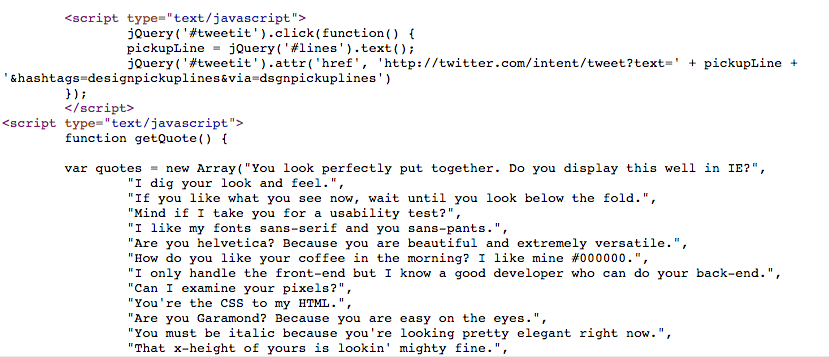
Your next action
Complete the first few exercises here today, then work your way up to taking on one of the simple projects laid out in the course.
Learn ways to manipulate data
This is probably the most useful skill I’ve learned in my spare time because it’s directly applicable to my day to day tasks. Some things that fall under this umbrella could be:
- Excel formulas
- Google Sheets formulas
- Grep — a search command line utility
- TextWrangler (plus tutorial) — a toolset of text editing tools
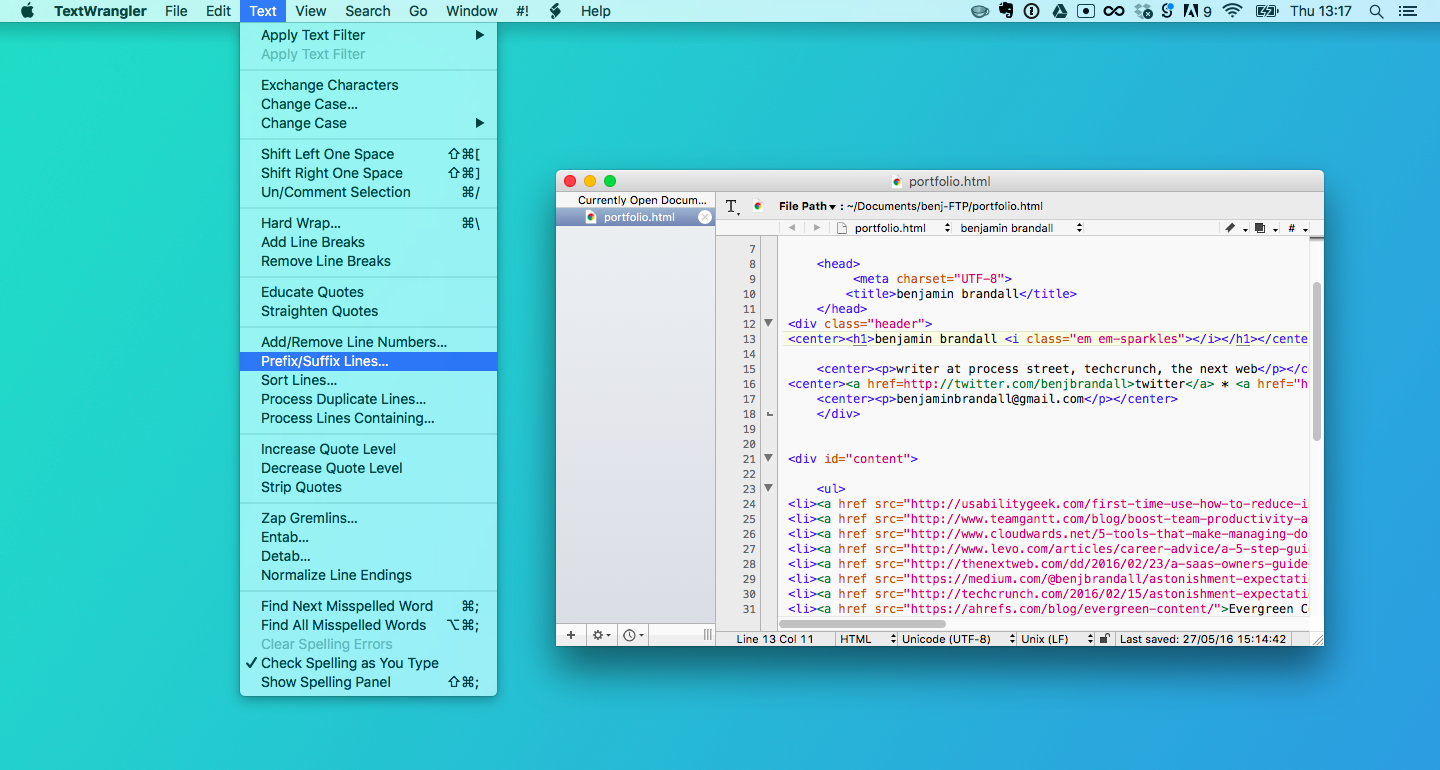
Your next action
Pick one of the four links above that you’re interested in, and get stuck in!
Create a GitHub repository
When working with any kind of code, GitHub will almost certainly crop up from time to time.
Instead of directly editing source files, GitHub lets you create branches and test the edits before committing them to the main set of files. You can use it to share your code, deploy websites and web apps, and push code from your desktop live to the web.
Creating GitHub repositories is a great way to learn git basics, get into the command line and get your head around how developers work.
If you’re not up for creating a website from scratch to showcase a project you’re working on, GitHub pages can supply you with a [yourname].github.io page with a bunch of pre-made themes.
Here’s an example for MacVim:
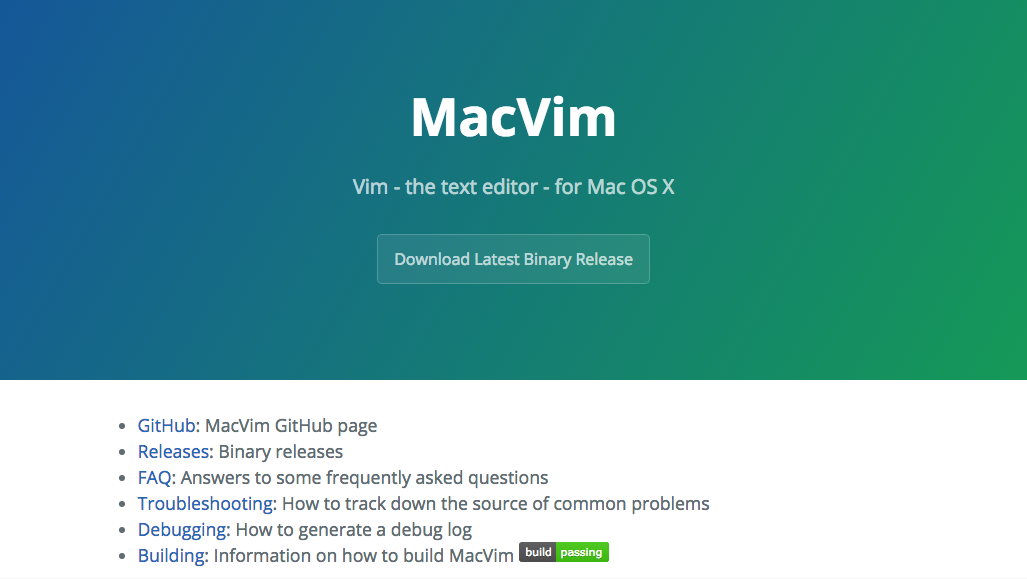
You can also use this service to build your own themes and update the live webpage in real time without messing around with FTP servers and desktop apps.
For bonus points, get your site set up with Jekyll, a tool for creating static Ruby sites and editing them with markdown.
Your next action
Make a GitHub account then go through their aptly named Hello World guide.
When should you start a side project?
You’re thinking “Cripes, sir! I don’t have the time for any of this nonsense”. If so, what you’re actually thinking is that you can’t be bothered. You haven’t seen anything that really excites you.
Trust me, you need a bit of variety in your day-to-day and starting a side project gives you exactly that. If you’re anything like me, it’ll consume your weekends too and give you something to get super-excited about on Saturday morning other than Pokemon.
My finals words on side projects
If you’re not creating something physical, but instead working in graphic design, creating apps or coding websites, you’re going to need a place to put it. That’s why creating a website is the best first step for side projects. That way, you can feel responsible for putting material out there to the world, have somewhere to direct people and start aging your domain to build domain authority early.
The best time to start is right now, in your next lunch break! I’ve given you starting points for each of the projects described which are actionable guides you can start following right now.
What’re you working on right now?







 Workflows
Workflows Projects
Projects Data Sets
Data Sets Forms
Forms Pages
Pages Automations
Automations Analytics
Analytics Apps
Apps Integrations
Integrations
 Property management
Property management
 Human resources
Human resources
 Customer management
Customer management
 Information technology
Information technology



Benjamin Brandall
Benjamin Brandall is a content marketer at Process Street.